Today, there are important updates from the Russian Federation.
Here, full permission was finally granted to Ukraine to use Western missiles inside Russian territory. The Ukrainian armed forces had a priority target list and started immediately by striking one of the most important drivers of the Russian war machine.
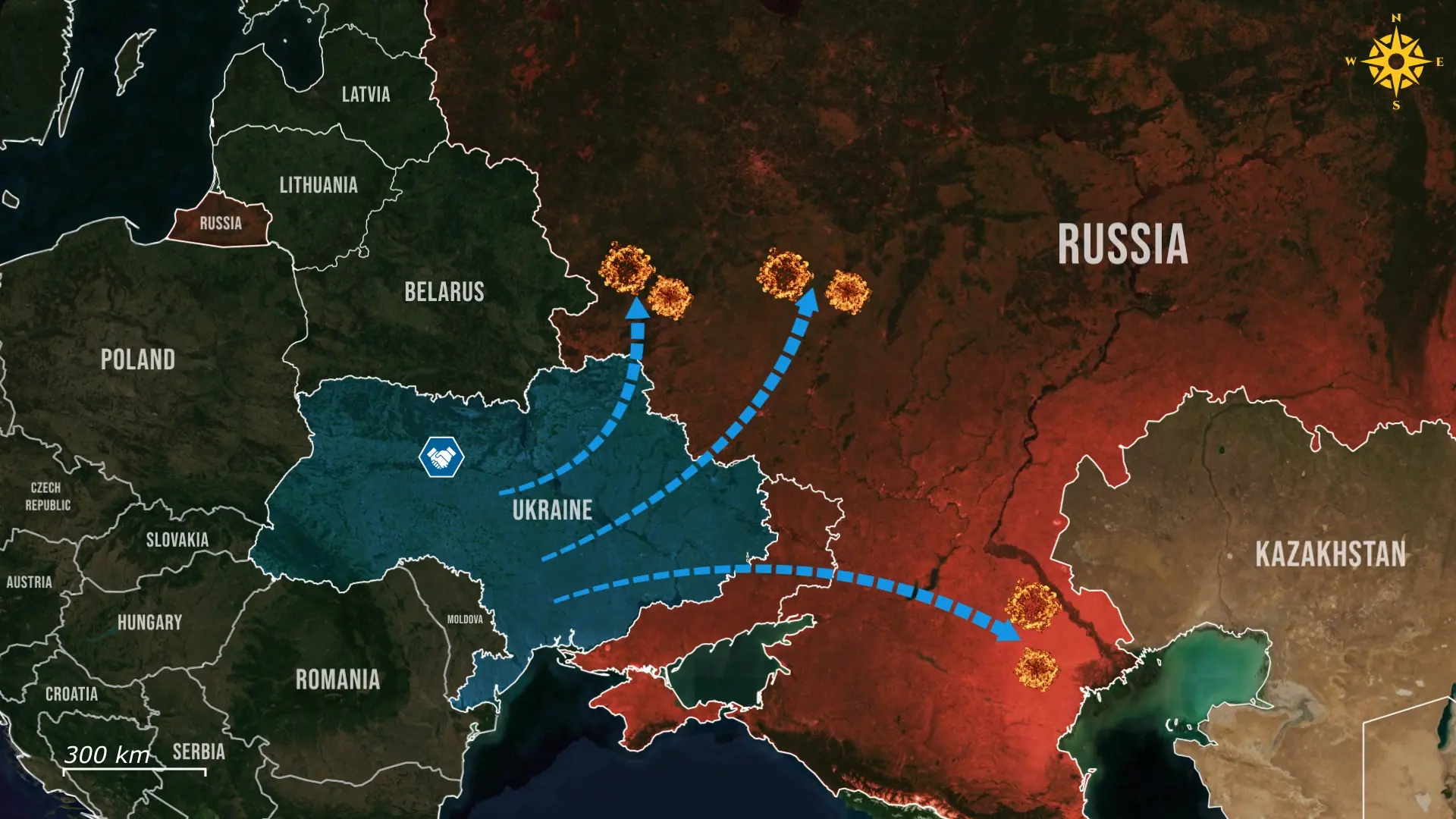
The night sky over Bryansk lit up with explosions as Ukraine’s Storm Shadow missiles cut through Russian air defenses. Ukraine’s Air Force, in coordination with Land and Naval Forces, launched a combined strike with drones saturating the air and depleting the enemy air defense, as Storm Shadow broke through in surprise, while the Russians were still unaware of the lifted restrictions.
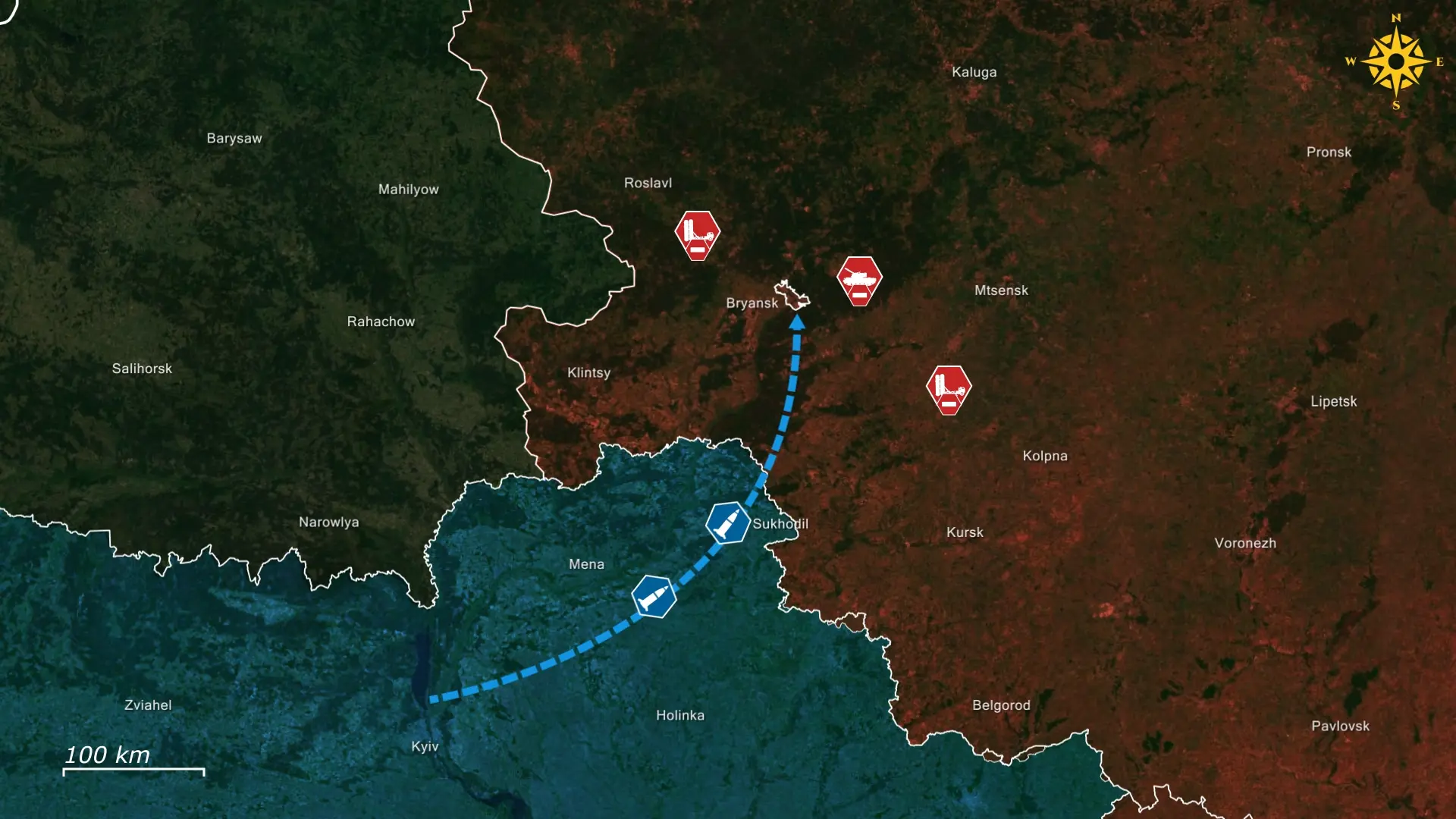
The main target was the Bryansk Chemical Plant, one of the cornerstones of Russia’s military-industrial complex, producing propellants, explosives, and components for Kh-59 and other missiles used against Ukrainian cities. Russian monitoring channels issued air raid alerts, warning of Storm Shadow cruise missiles inbound, and local officials initially claimed all had been shot down. Minutes later, videos flooded social media showing fireballs over the region and multiple explosions rocking the industrial area. The plant’s ammunition depot reportedly detonated after impact, and production at the site is now irreversibly halted. Bryansk Governor Aleksandr Bogomaz scrambled to control the narrative, insisting air defense forces destroyed six aircraft-type drones, but the published footage told another story: precision strikes hitting deep into the industrial zone, with secondary explosions lasting for hours.
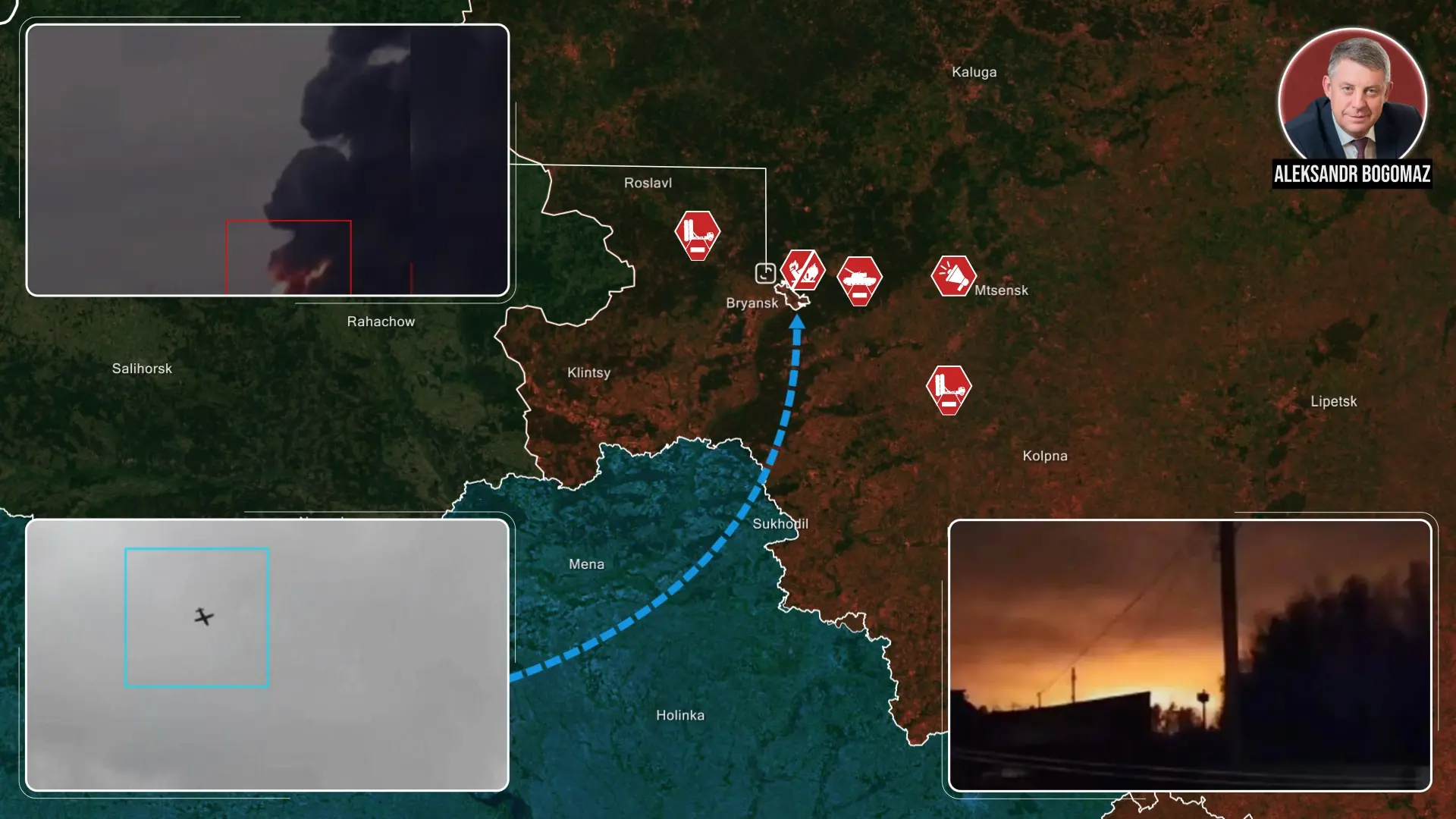
Ukrainian sources confirmed the use of Storm Shadow missiles, marking the first officially acknowledged strike on Russian soil following the US green light for cross-border operations. For months, these British and French-made cruise missiles had been used to devastating effect on Russian-controlled territories in Ukraine, but now, they are reaching beyond.
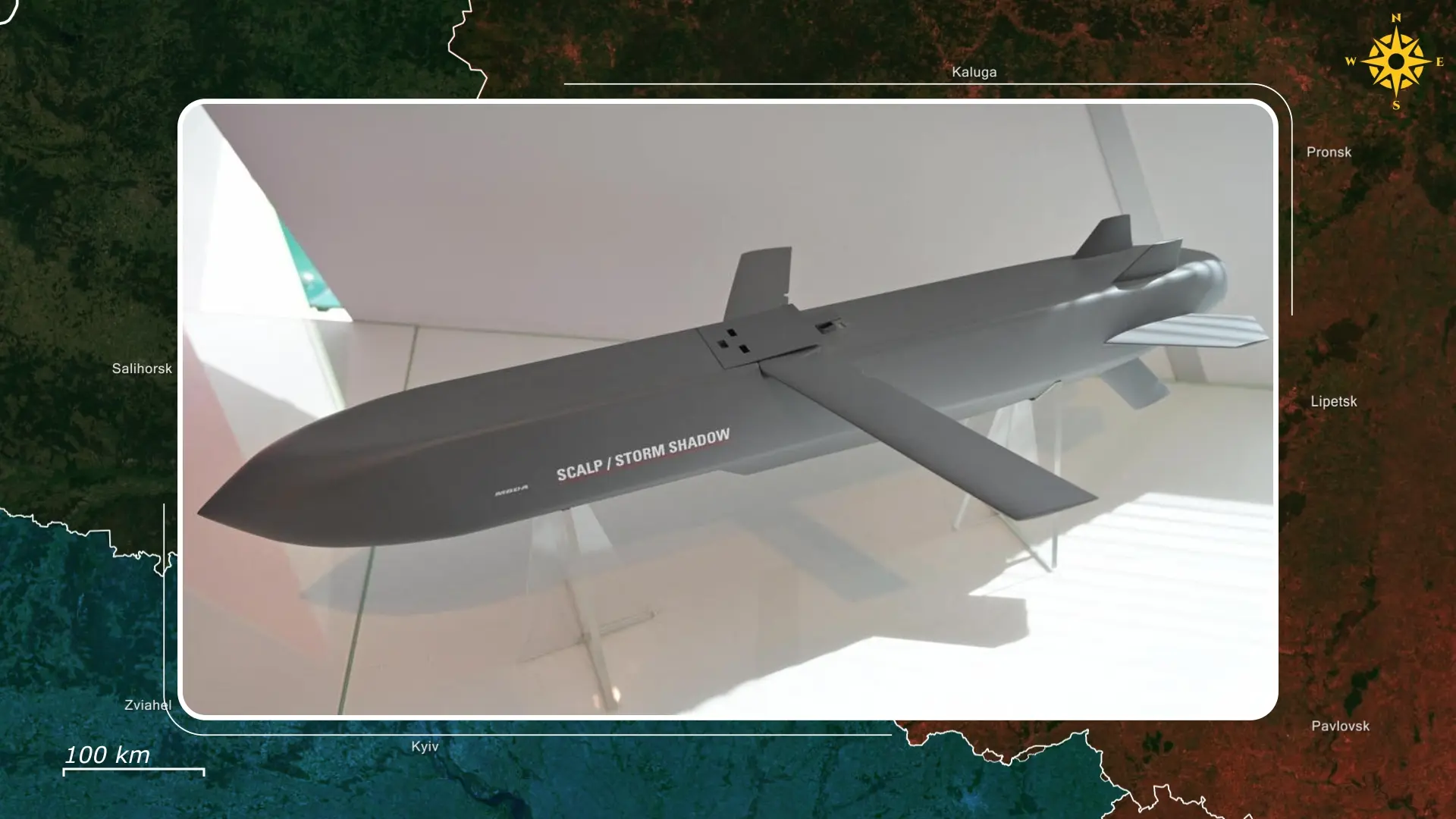
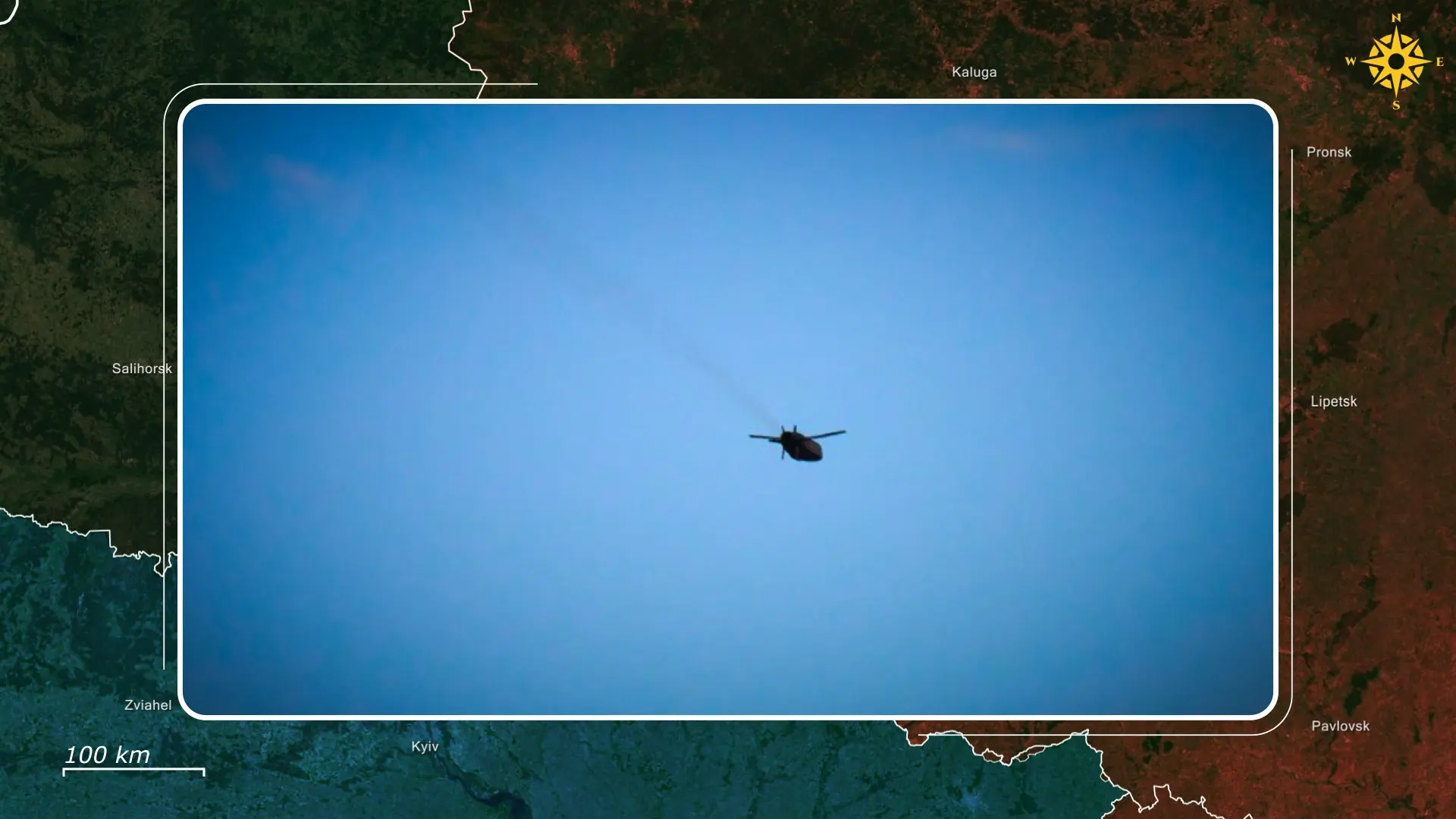
The Bryansk strike followed a wave of escalating Ukrainian attacks on strategic Russian defense industry targets. Just days earlier, explosions tore through the Avangard plant in Bashkortostan, more than 1,300 kilometers from Ukraine. The massive blast destroyed the factory’s newest production hall, prompting Russian officials to speculate about internal sabotage. Soon after, the Sverdlov plant in Dzerzhinsk, one of Russia’s largest producers of explosives and warheads for anti-tank and air-defense missiles, was obliterated in another long-range drone strike.
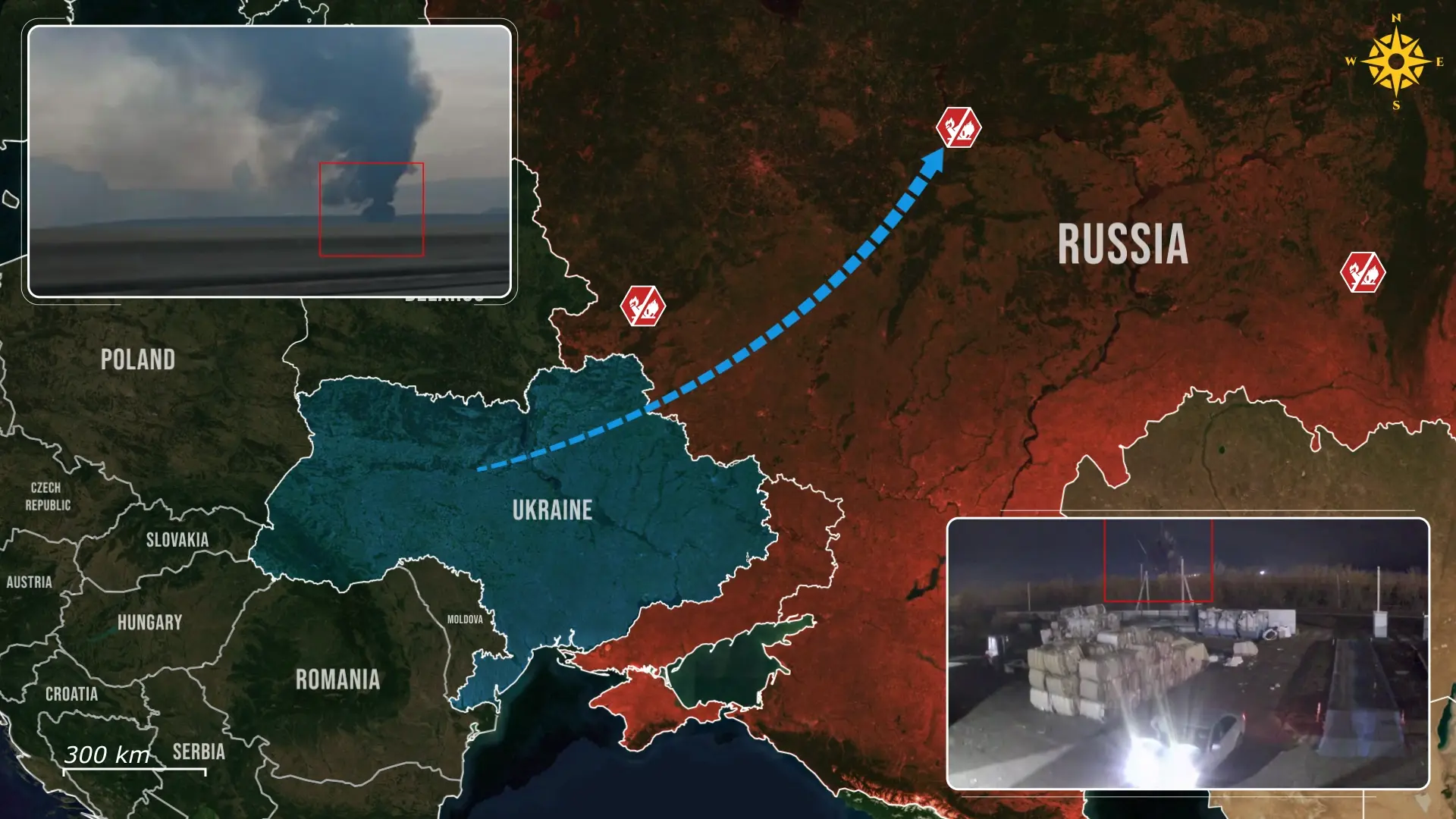
Fires and explosions were reported at chemical and munitions facilities in Smolensk, Perm, and Krasnodar, all critical to sustaining missile and aviation bomb production. One of the most significant hits occurred in Nizhny Novgorod, where Ukrainian drones struck the Arzamas Instrument-Making Plant, a supplier of components for Russia’s KH-101 and KH-32 cruise missiles, the same weapons that have terrorized Ukraine’s cities in recent years. Russian media attempted to minimize the damage, but footage from locals revealed widespread destruction and prolonged fires.
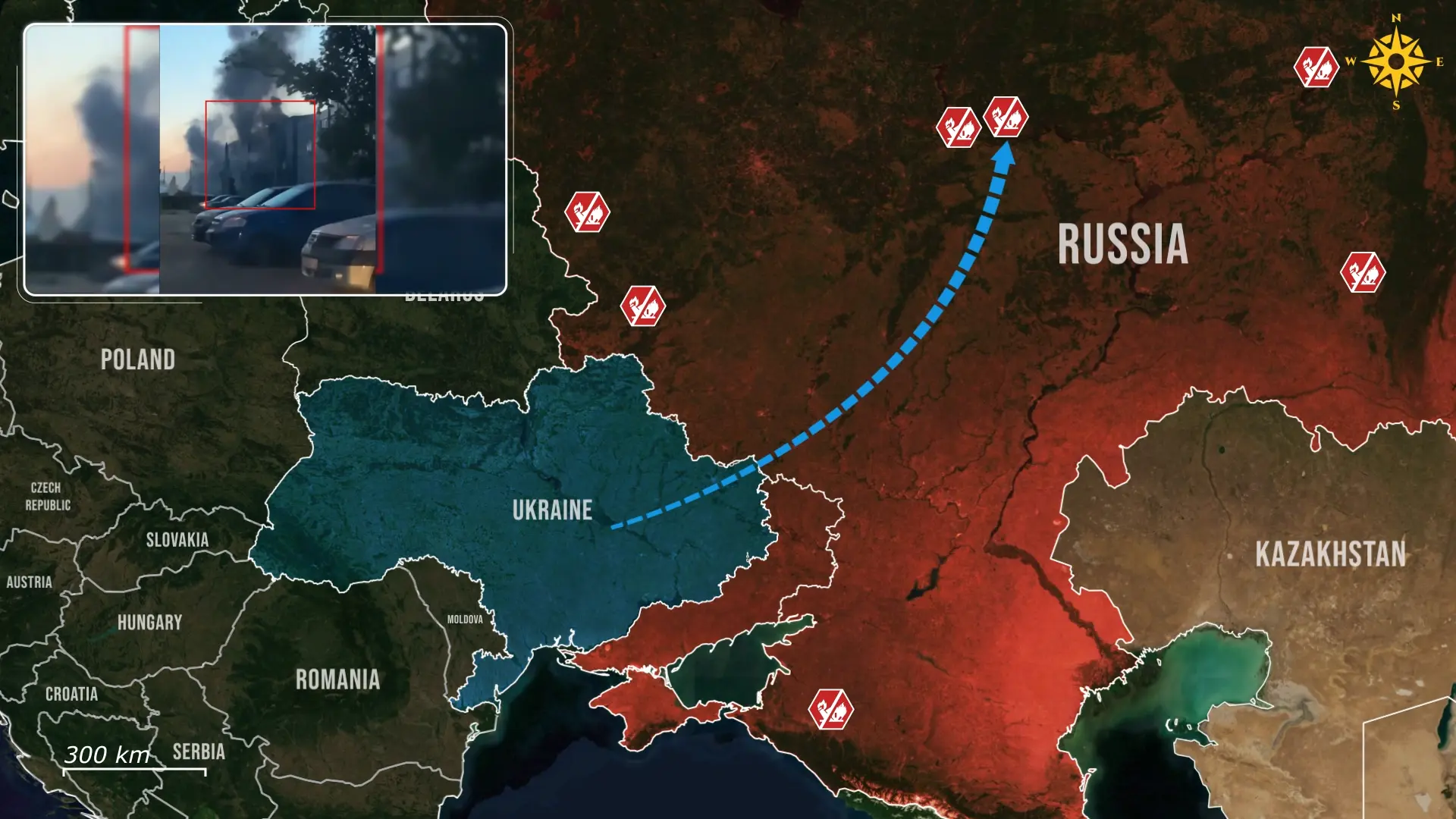
For Ukraine, the political and strategic implications of these strikes are enormous. The Storm Shadow missiles have once again demonstrated their lethality and accuracy, penetrating Russia’s air defense and crippling high-value military assets. This success will likely accelerate further deliveries, as to date, between 200 and 300 Storm Shadows have been provided mostly by the United Kingdom and France. Usage has been intense, with Ukrainian sources acknowledging that by early 2025, stocks were nearly depleted.

Production at plants in Britain and France resumed this summer after a fifteen-year pause. Output is now ramping up, from an initial from 10 to 20 missiles per month to a projected up to 50 by 2026, ensuring a steady supply for Ukraine’s growing deep-strike arsenal.
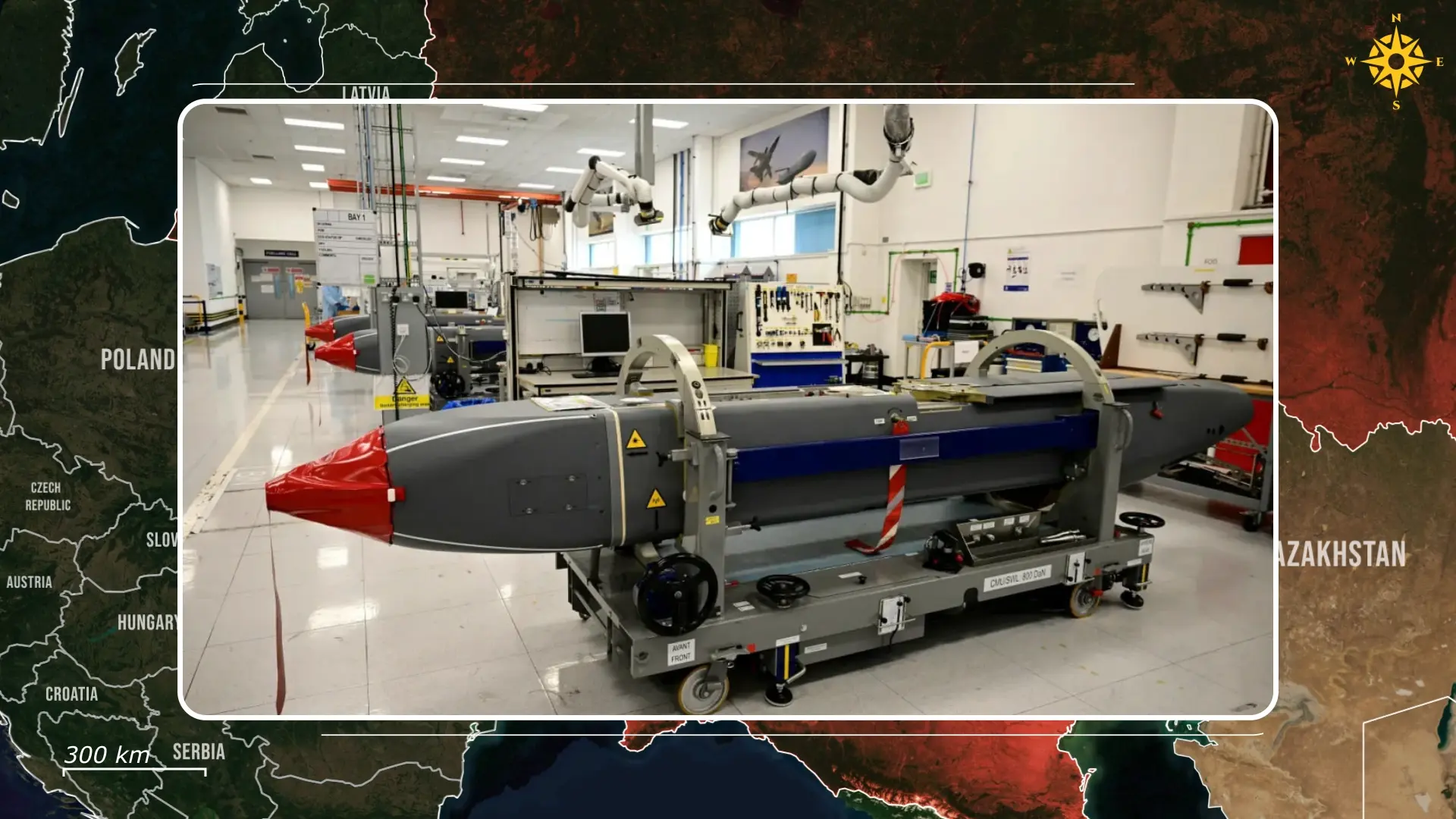

Storm Shadows’ effectiveness lies in their combination of range, precision, and payload. With a 450-kilogram warhead, possibility to penetrate and then explode, and a range of 250 kilometers, they are made for taking down hardened targets like factories, bunkers, and depots, objectives that long-range drones cannot destroy completely.

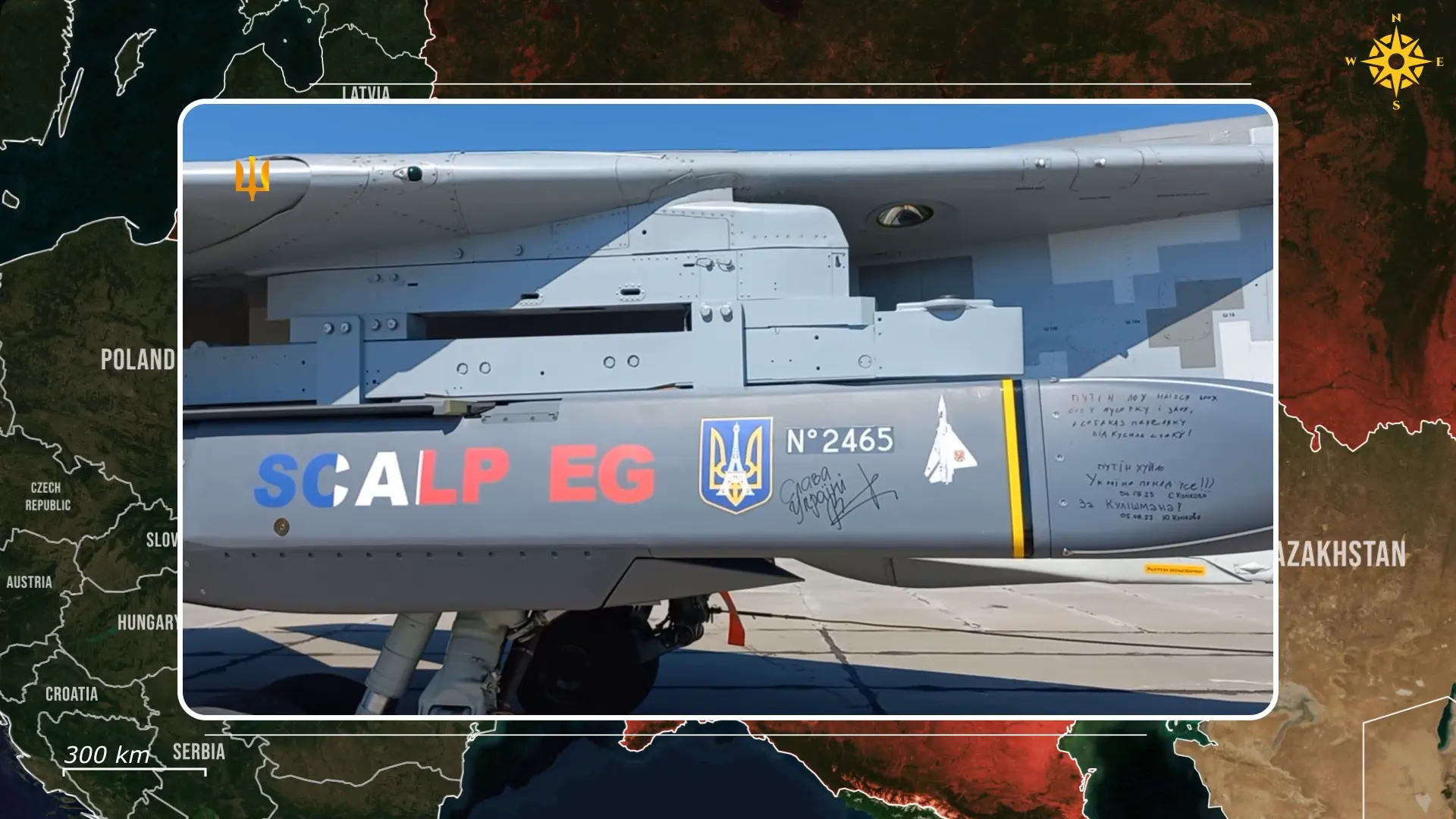
Overall, as Ukrainian strikes with Storm Shadow prove their worth, calls are growing across Europe to widen Ukraine’s access to other long-range systems. The next potential breakthrough could come from Germany, as its Taurus missile, with 550 kilometer reach and advanced bunker-penetrating capability, would give Ukraine an even greater ability to cripple Russia’s industry and command hubs far behind the front.
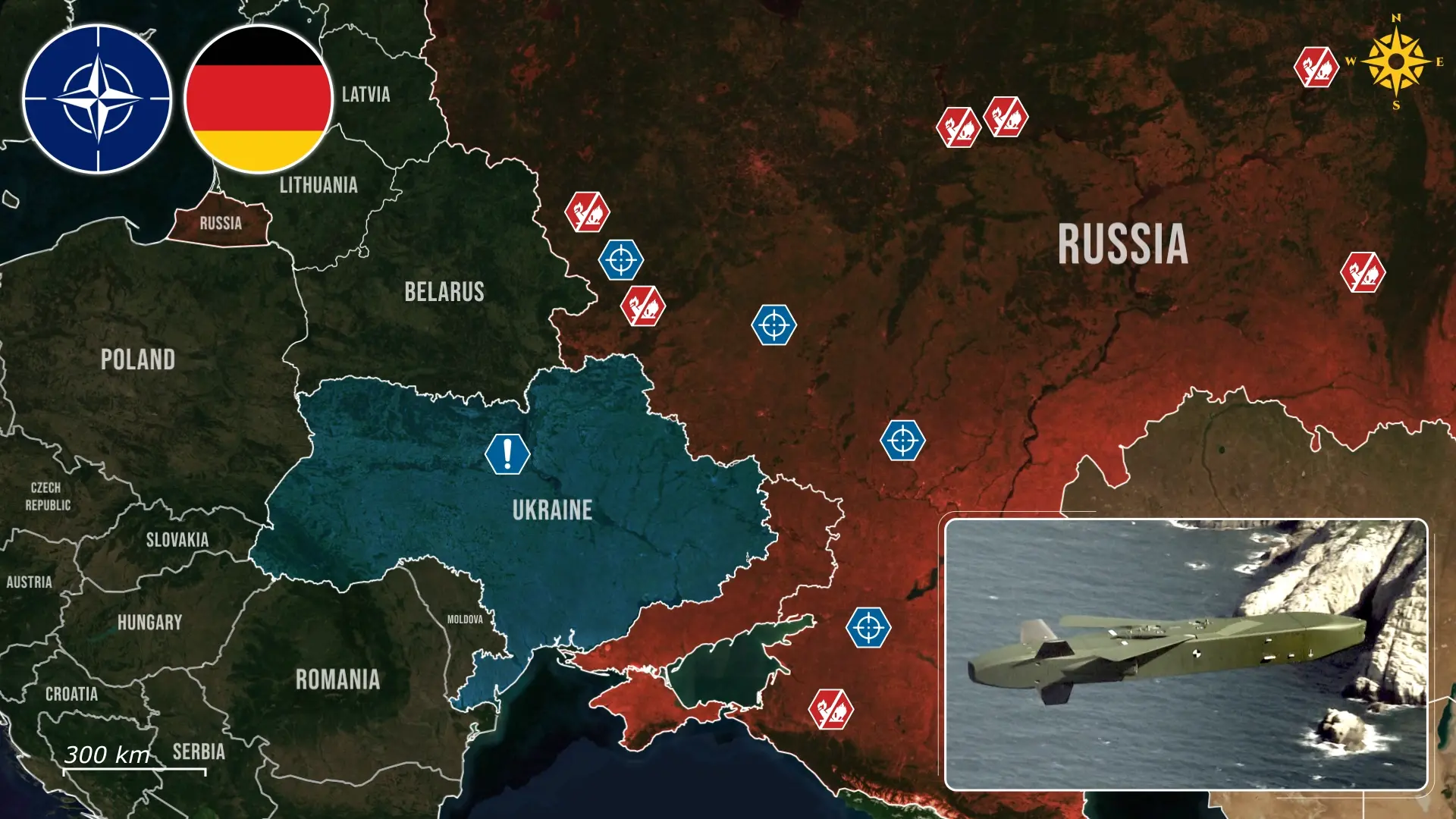
A parallel can already be drawn with the tank coalition moment of 2023, when Britain’s Challenger deliveries broke the political deadlock. This opened the way for Leopards and Abrams to follow, as Russia's repeated red line threats were proven hollow once again, with a possible repeating scenario now looming for the Taurus.









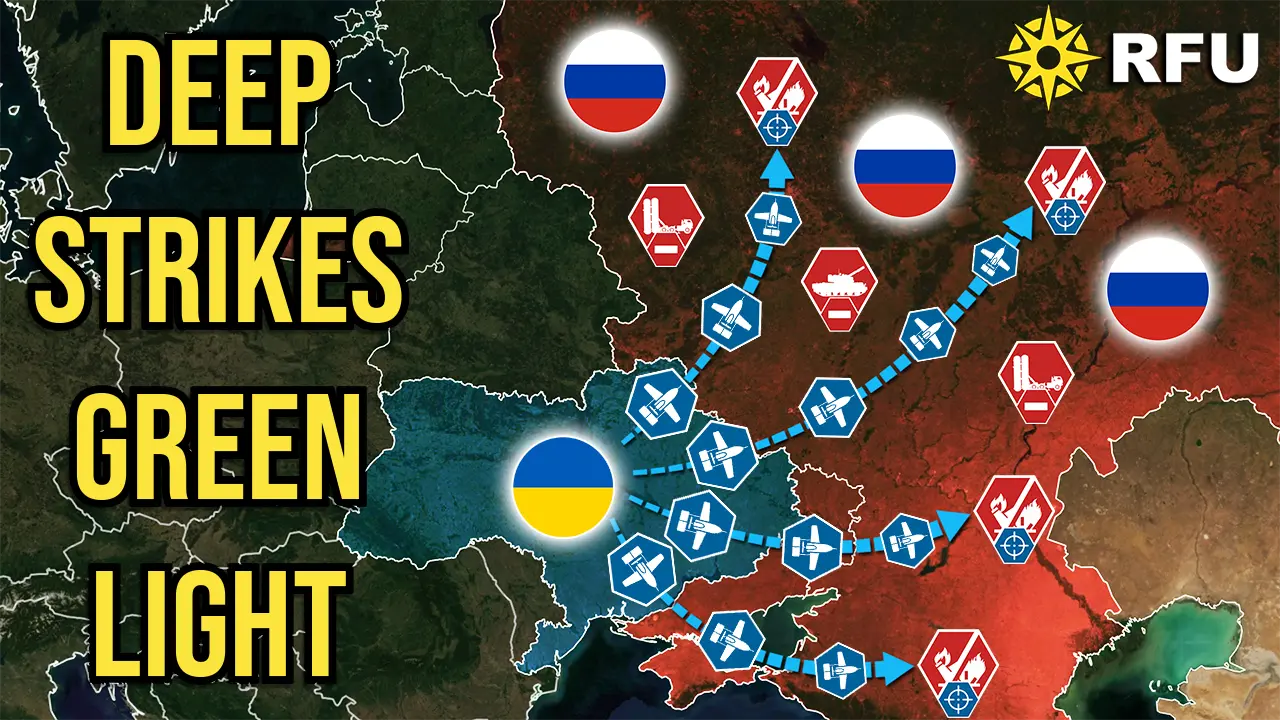
.jpg)
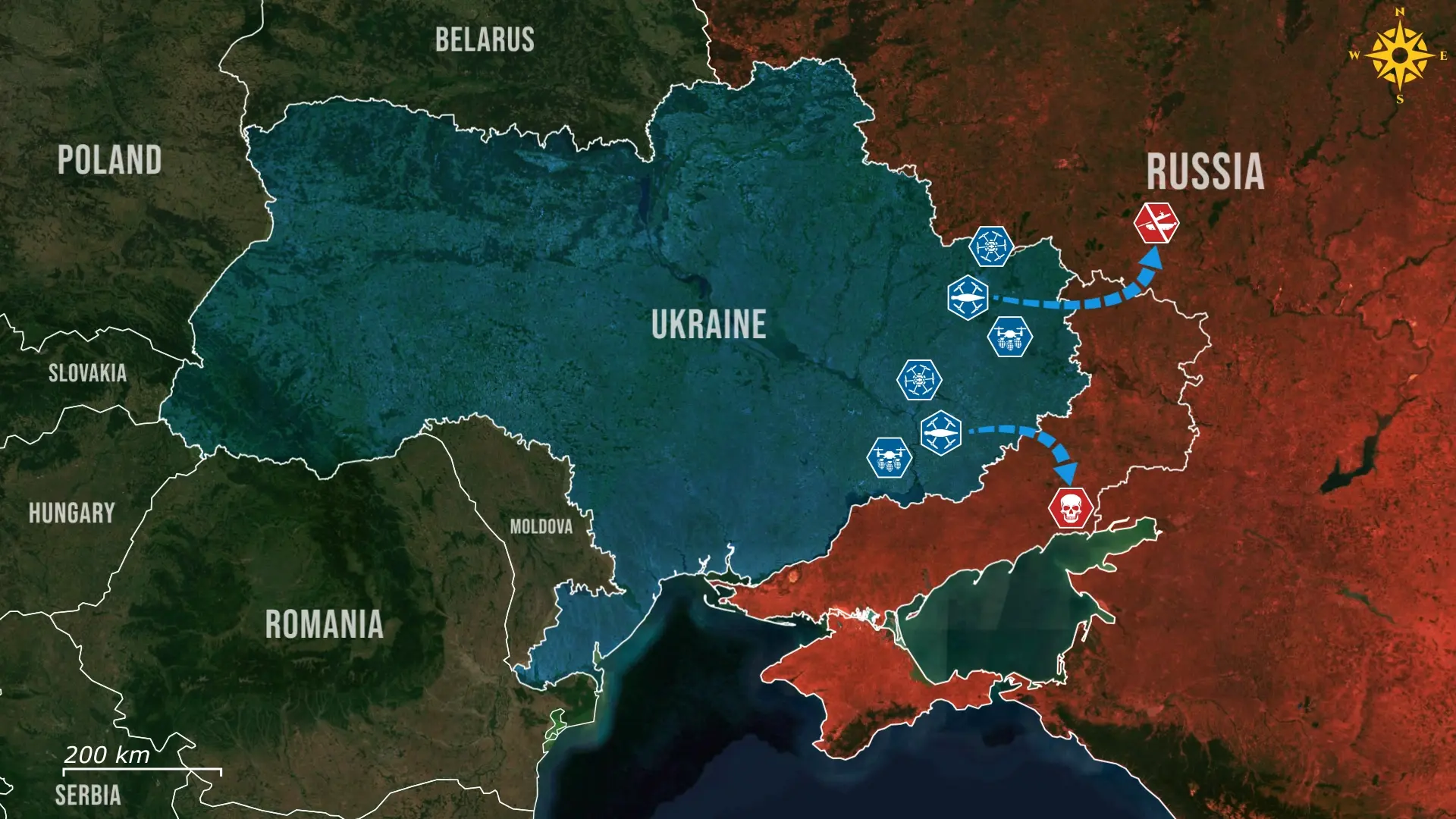

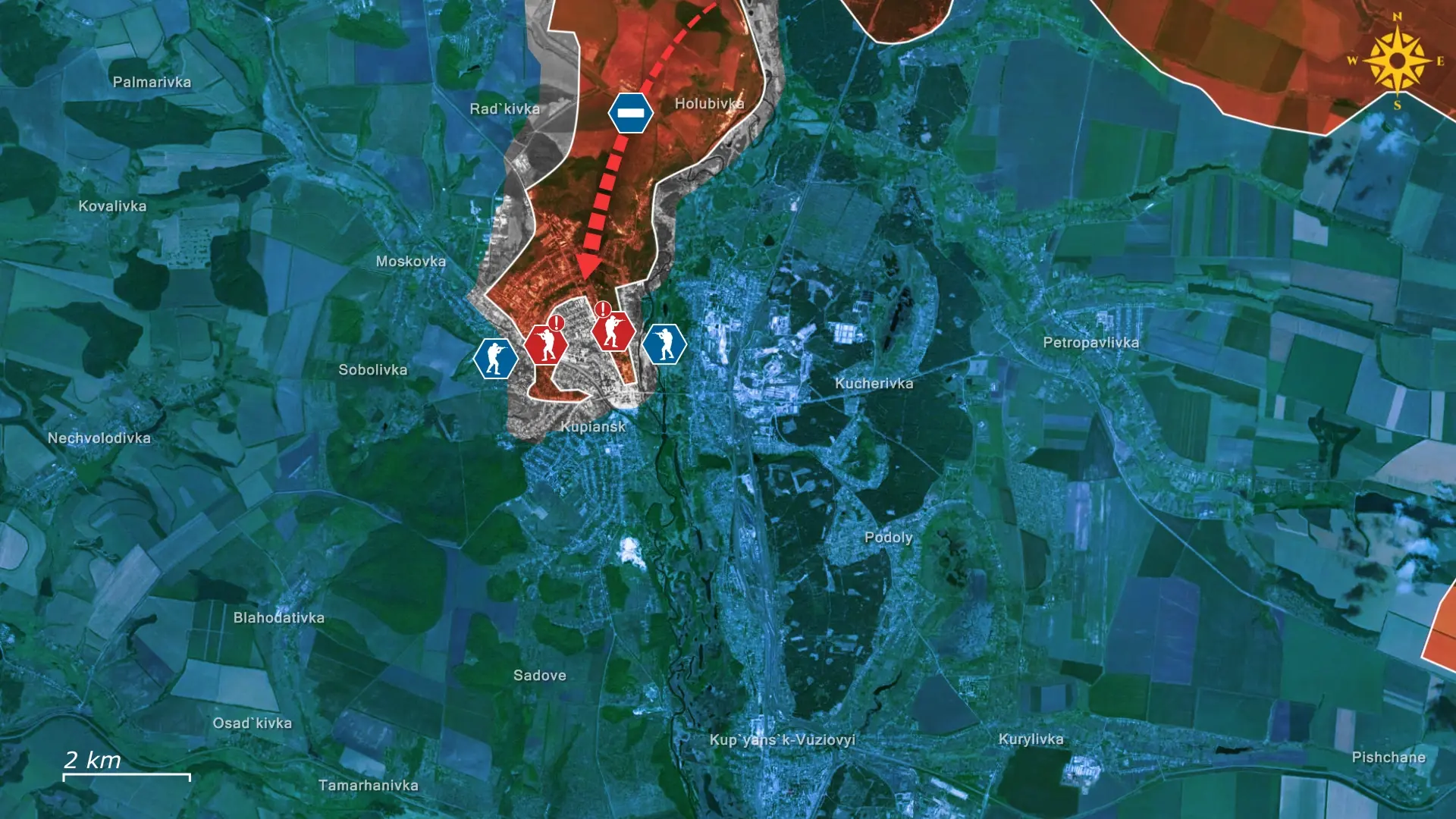
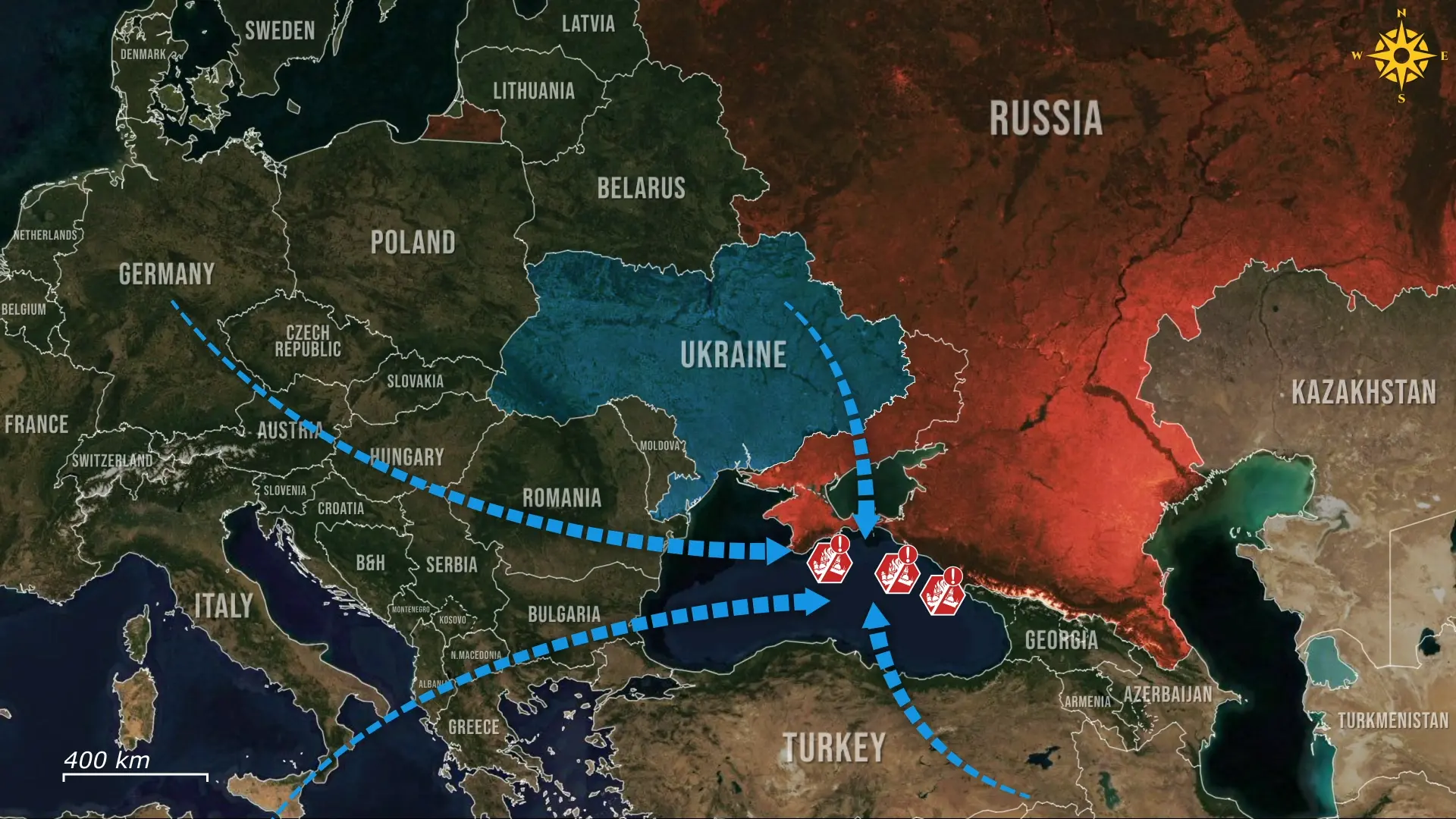
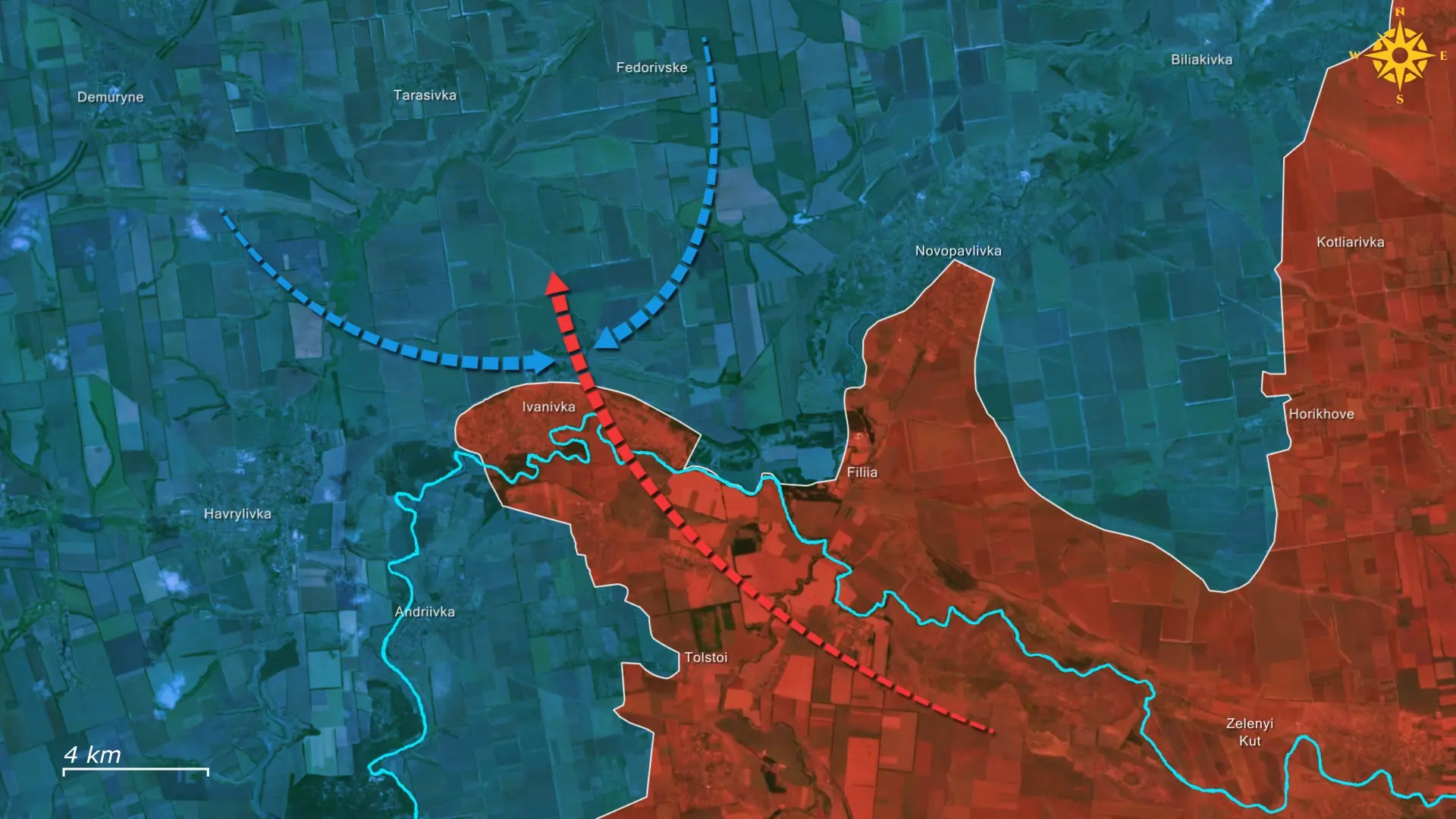

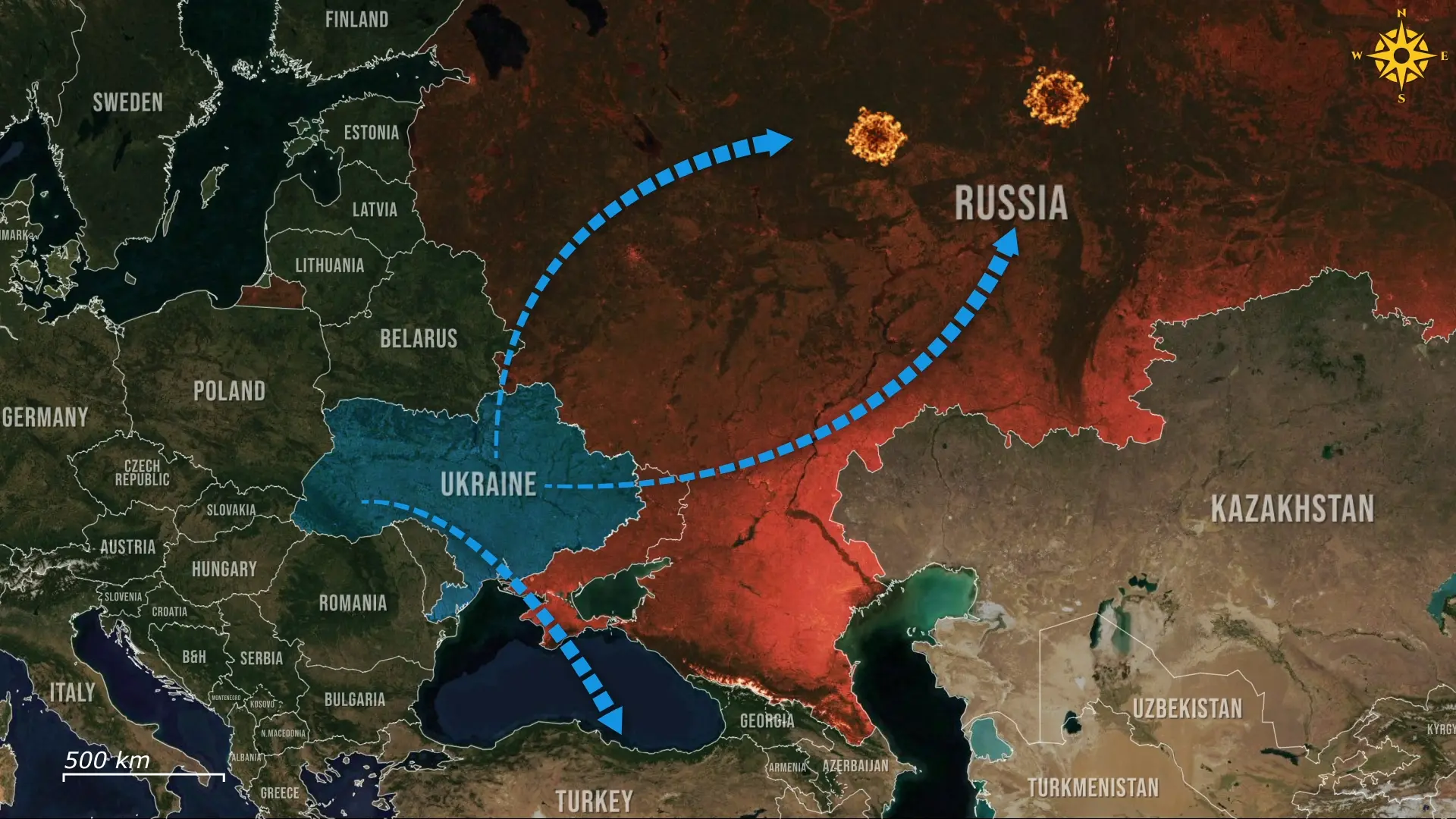
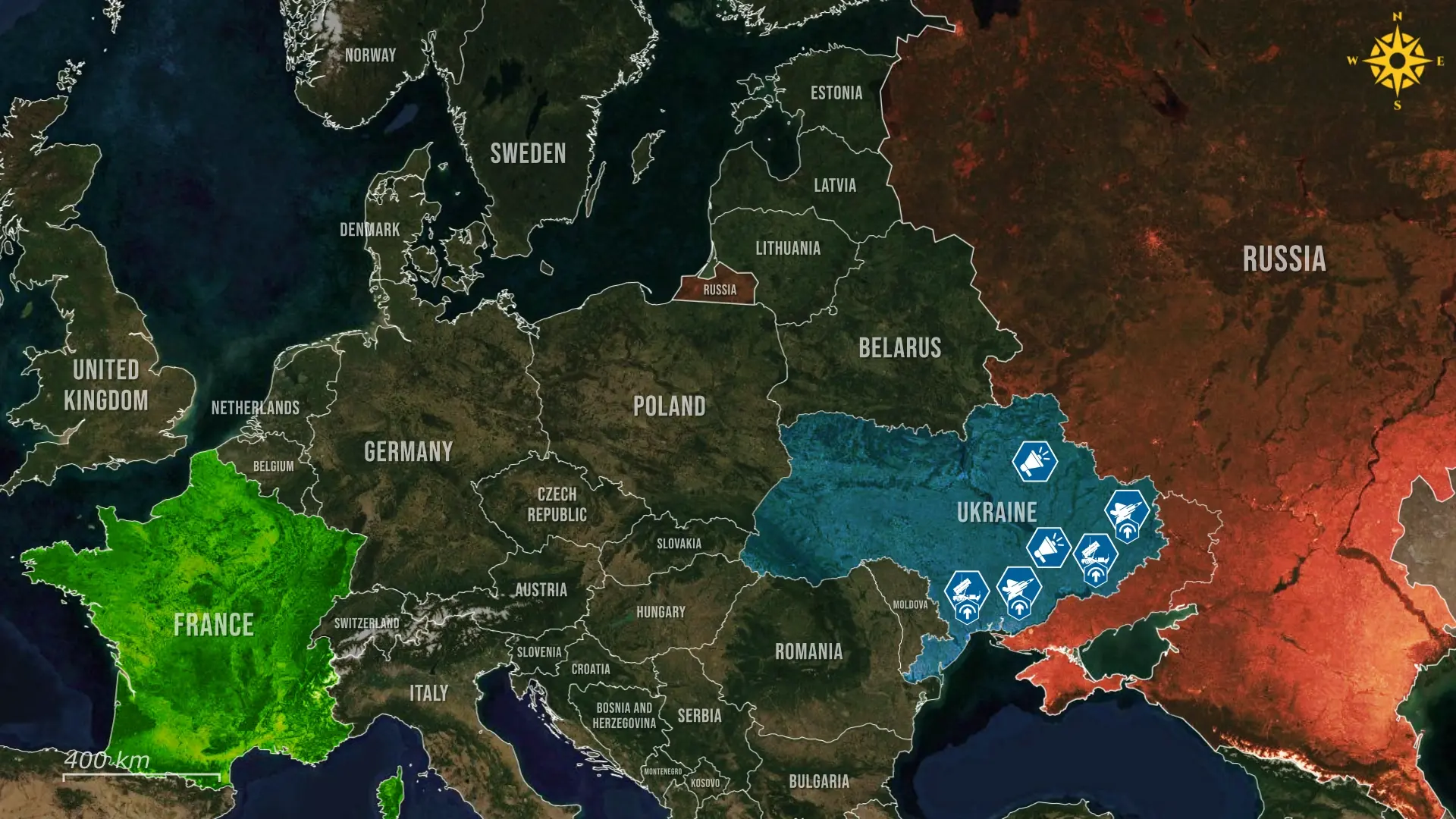
Comments